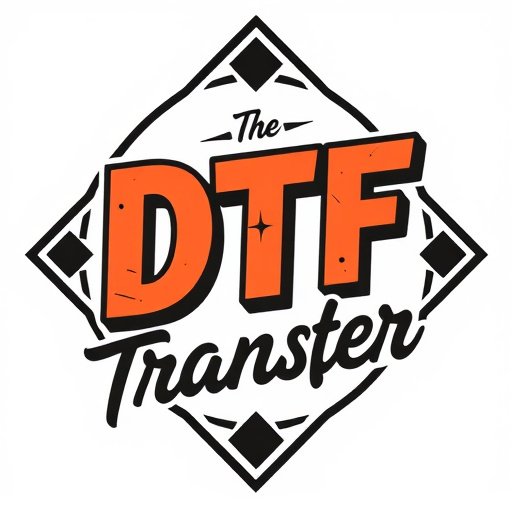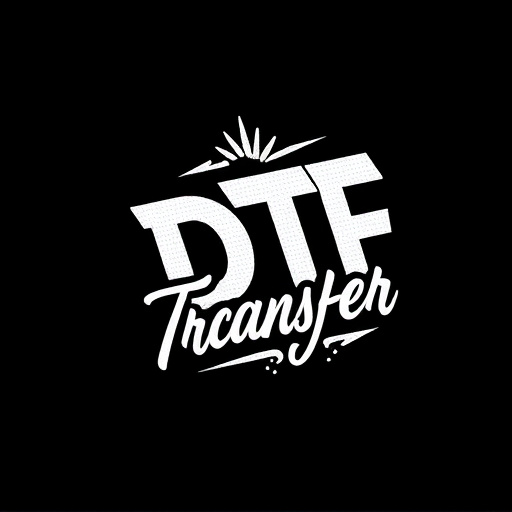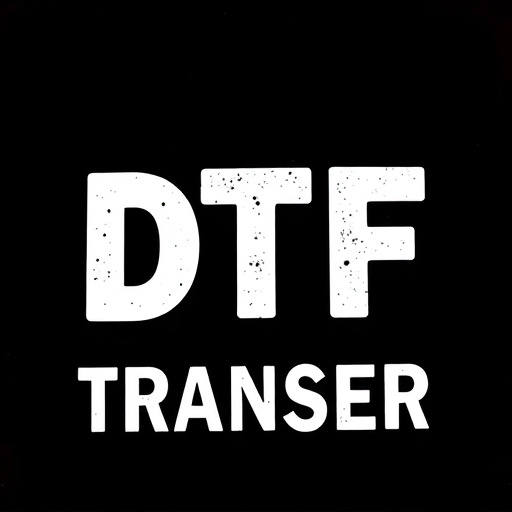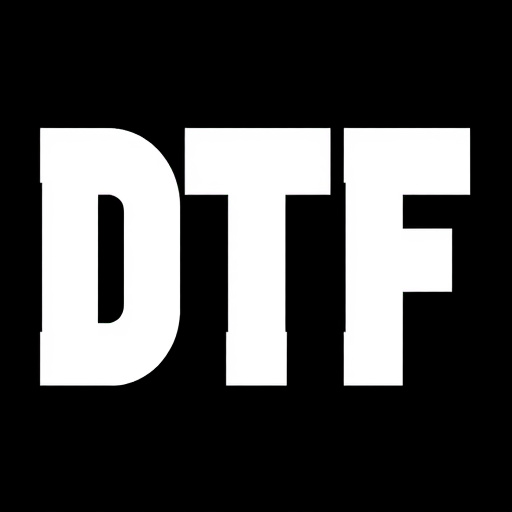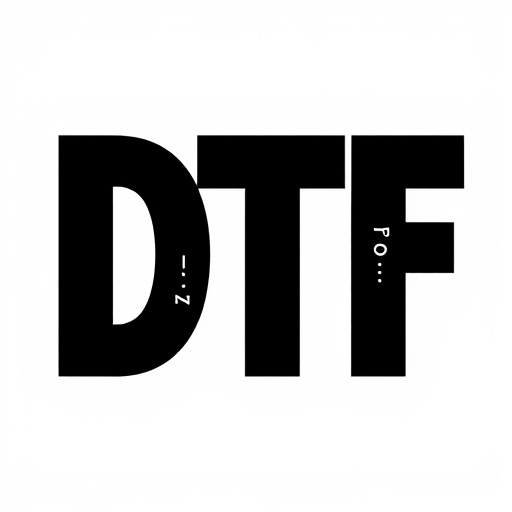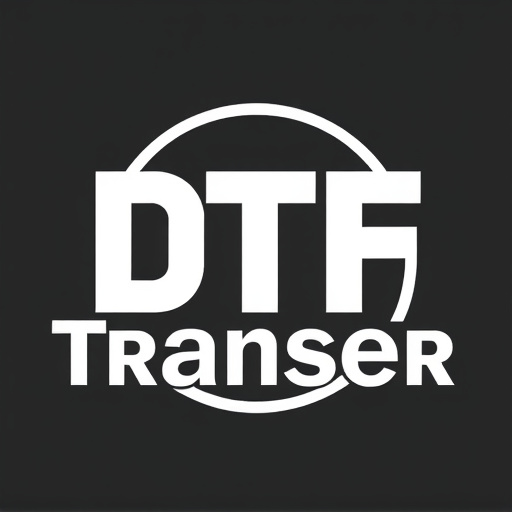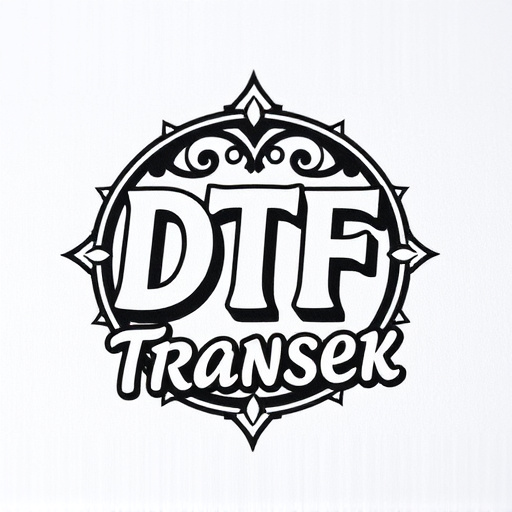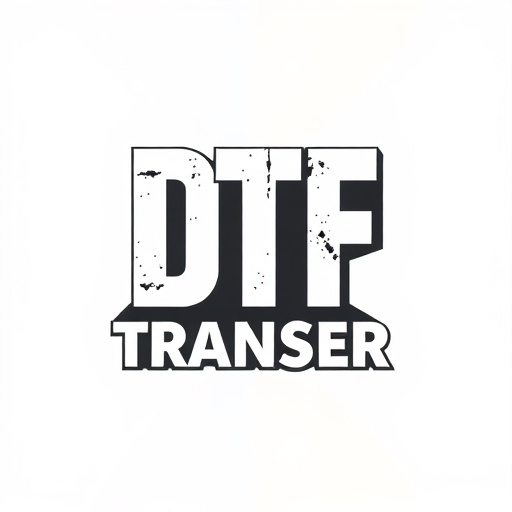DTF Printing (Direct-to-Film) is a cutting-edge technology that produces high-quality, full-color images directly onto various film surfaces, eliminating traditional printing steps. With specialized printers and inks, it offers creative freedom on materials like vinyl, polyester, or polycarbonate, ideal for indoor and outdoor use. Evolving from initial limitations, DTF Printing now supports diverse dimensions and material types, enhancing productivity and visual impact. Future trends include innovative substrates and advanced techniques, expanding its applications in signage, packaging, textiles, fashion, automotive, and art, while maintaining quick turnaround times for custom printing.
Direct-to-film (DTF) printing offers a versatile approach to print on various materials, expanding creative possibilities. This article explores the dimensional options available for DTF transfer orders, from understanding the technology’s evolution to material considerations and quality enhancement techniques. We delve into multi-layering effects, applications across industries, and future trends shaping this game-changing print method. Discover how diverse dimensions in DTF printing can revolutionize your design and production processes.
- Understanding Direct-to-Film (DTF) Printing: A Brief Overview
- The Evolution of Dimensional Options in DTF Technology
- Material Considerations for Different Film Thicknesses
- Visual Impact and Quality Enhancement through Multi-Layering
- Applications: Where DTF Printing with Diverse Dimensions Excels
- Future Trends Shaping Dimensional Flexibility in DTF Orders
Understanding Direct-to-Film (DTF) Printing: A Brief Overview
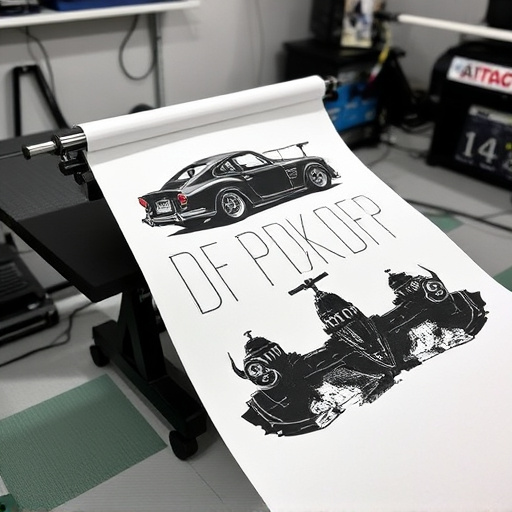
Direct-to-Film (DTF) Printing is a cutting-edge technology that allows for the creation of high-quality, full-color images and graphics directly onto various film surfaces. This innovative process eliminates the need for intermediate steps in traditional printing methods, streamlining the production of custom films for advertising, branding, and special effects. DTF Printing offers unparalleled precision and detail, ensuring that designs come to life with vibrant colors and sharp outlines.
By employing specialized printers and inks, DTF technology enables the reproduction of complex artwork, logos, or patterns directly onto films like vinyl, polyester, or polycarbonate. This direct approach not only enhances productivity but also opens up a realm of creative possibilities for businesses and artists alike. Whether for indoor or outdoor applications, DTF Printing ensures that final products are visually stunning and durable, making it a game-changer in the world of film printing.
The Evolution of Dimensional Options in DTF Technology
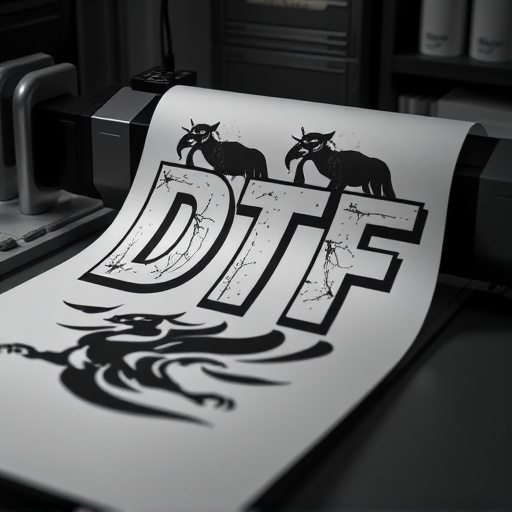
The evolution of dimensional options in Direct-to-Film (DTF) printing technology has been a fascinating journey, marking significant advancements over traditional methods. Initially, DTF Printing offered limited dimensions, primarily focusing on standard sizes to cater to the mass market. This was acceptable for many applications, but it left room for improvement, especially for specialized and custom projects. As technology advanced, manufacturers began experimenting with expanding dimensional capabilities, recognizing the growing demand for versatility.
Today, DTF printers boast an impressive array of options, ranging from narrow strips to large-format rolls, catering to diverse needs. This evolution has been driven by innovations in material science and printing techniques, allowing for precise control over film thickness and quality. As a result, businesses can now produce high-resolution prints on various materials, opening up new possibilities for creative expression and practical applications, from signage and packaging to textile printing.
Material Considerations for Different Film Thicknesses
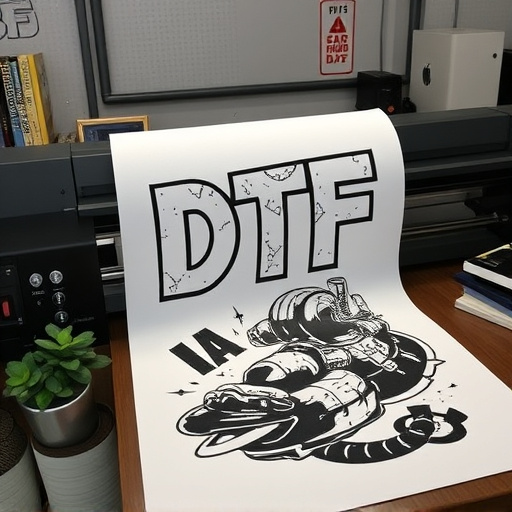
When considering dimensional options for direct-to-film (DTF) transfer orders, material choices play a pivotal role, especially when dealing with varying film thicknesses. Different films have distinct characteristics that can impact print quality and durability, so selecting the appropriate material is crucial for achieving optimal results in DTF printing. For instance, thinner films might offer better detail reproduction but require precise handling to prevent tearing, while thicker films provide enhanced strength and flexibility but may demand specific ink formulations for optimal adhesion.
Thicker films are often preferred for applications requiring added protection and durability, such as outdoor signage or high-traffic areas. Their increased thickness allows for a more substantial layer of material, making them less susceptible to damage from wear and tear. Conversely, thinner films are ideal for detailed illustrations or artistic prints where the delicate nature of the film enhances the overall aesthetic appeal. Material considerations thus form an integral part of the DTF printing process, dictating the choice of film thickness based on the intended use and desired visual outcome.
Visual Impact and Quality Enhancement through Multi-Layering
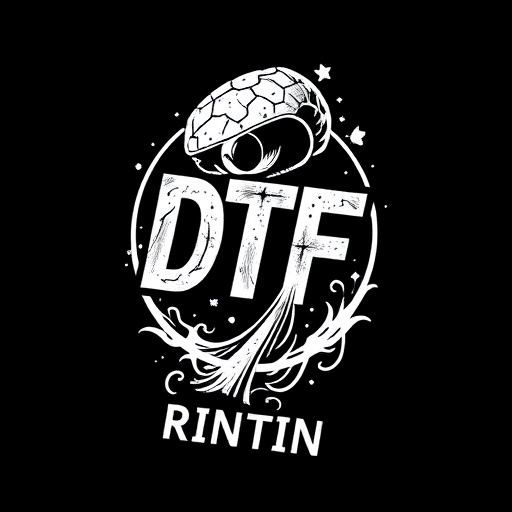
In the realm of direct-to-film (DTF) printing, multi-layering is a game-changer that significantly enhances visual impact and overall print quality. By employing multiple layers of ink or other materials, DTF orders can achieve a depth and vibrancy that single-layer prints simply cannot match. This technique allows for the creation of intricate designs with subtle nuances, making each print unique and visually appealing.
Each additional layer adds dimensionality to the final product, ensuring that textures, gradients, and details are rendered with remarkable accuracy. Whether it’s a delicate shade gradient or a bold, contrasting pattern, multi-layering enables printers to bring artwork to life in ways that traditional printing methods struggle to replicate. This advancement in DTF technology not only elevates the aesthetics of printed materials but also opens up endless creative possibilities for artists and designers.
Applications: Where DTF Printing with Diverse Dimensions Excels
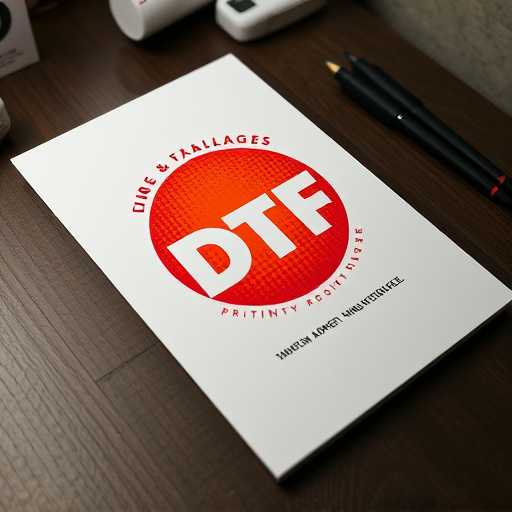
Direct-to-film (DTF) printing offers a versatile solution for various applications, especially when it comes to handling diverse dimensions. One of its key strengths lies in its ability to accurately reproduce intricate designs and patterns on a wide range of surfaces, from small, detailed components to large-scale signage. This makes DTF Printing ideal for industries such as manufacturing, where precise, high-resolution printing is required for product labels, packaging, or technical diagrams.
Additionally, the technology excels in custom printing for promotional materials, allowing businesses to create eye-catching displays and pop-up signs with quick turnaround times. The flexibility of DTF Printing enables it to accommodate different media types, including vinyl, polyester, and paper, further expanding its applications. This versatility ensures that businesses can choose the right material for their specific needs, whether it’s outdoor durability or indoor display, enhancing the overall visual impact of their messaging.
Future Trends Shaping Dimensional Flexibility in DTF Orders
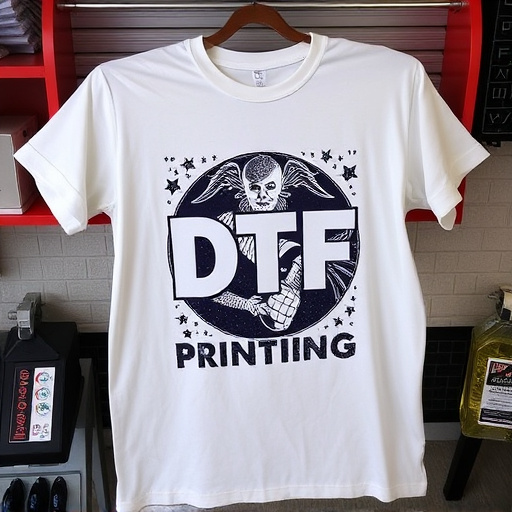
As technology advances, future trends are shaping a more dynamic and flexible dimensional landscape for direct-to-film (DTF) printing orders. Innovations in material science are leading to the development of new substrates that offer greater flexibility, durability, and versatility compared to traditional options. For instance, thin, flexible films capable of withstanding multiple folding and bending cycles without delamination are becoming increasingly available, opening up a world of possibilities for creative applications like wearable technology, interactive displays, and dynamic packaging.
Additionally, advancements in printing technologies themselves are enhancing dimensional precision and control. Modern DTF printers are employing more sophisticated imaging techniques and higher resolution capabilities, enabling the production of intricate, multi-layered designs with subtle depth and texture. This evolution promises to redefine what’s possible in DTF Printing, catering to diverse industries from fashion and automotive to signage and art, where unique, dimensional visuals are in high demand.






